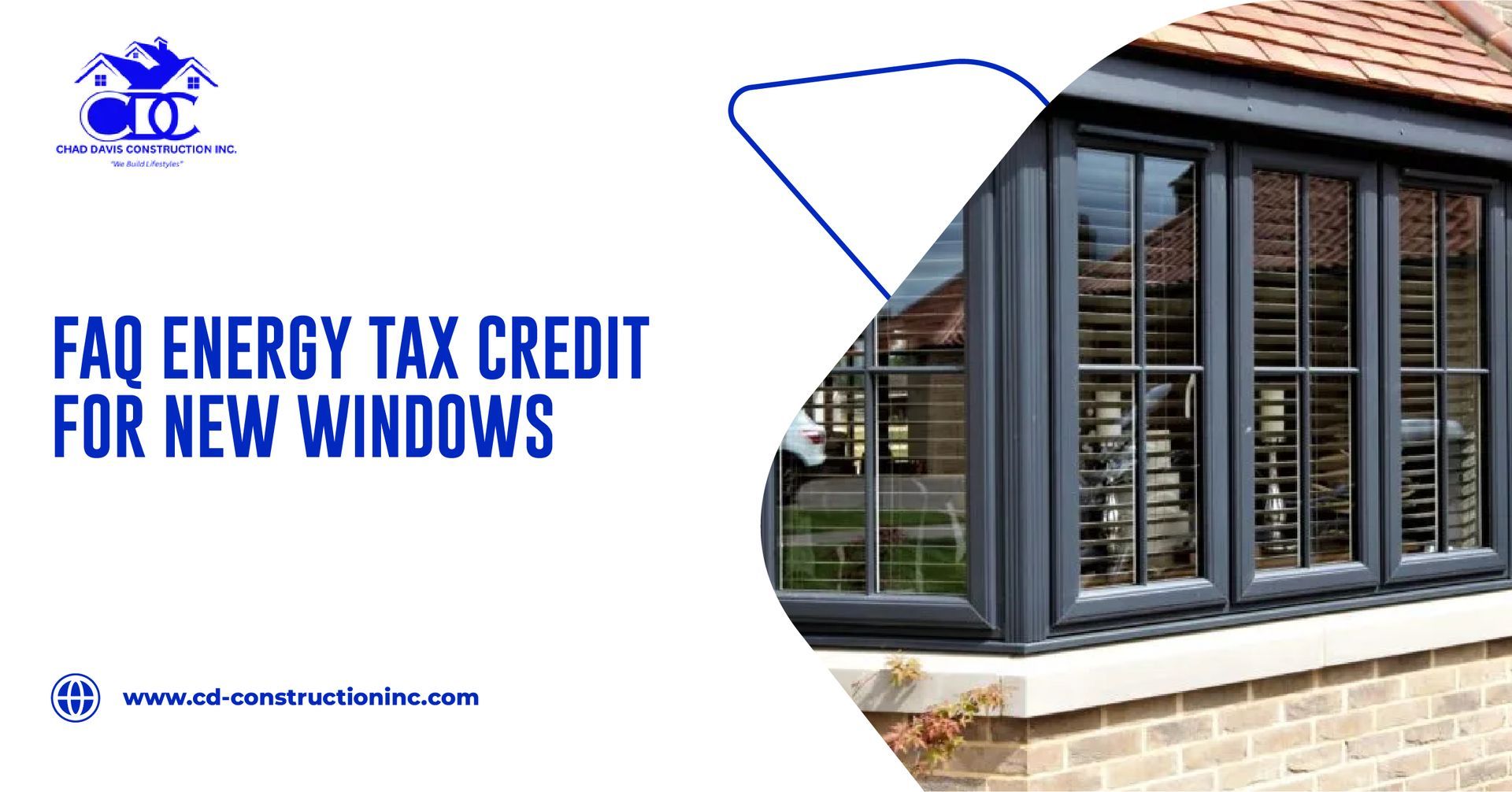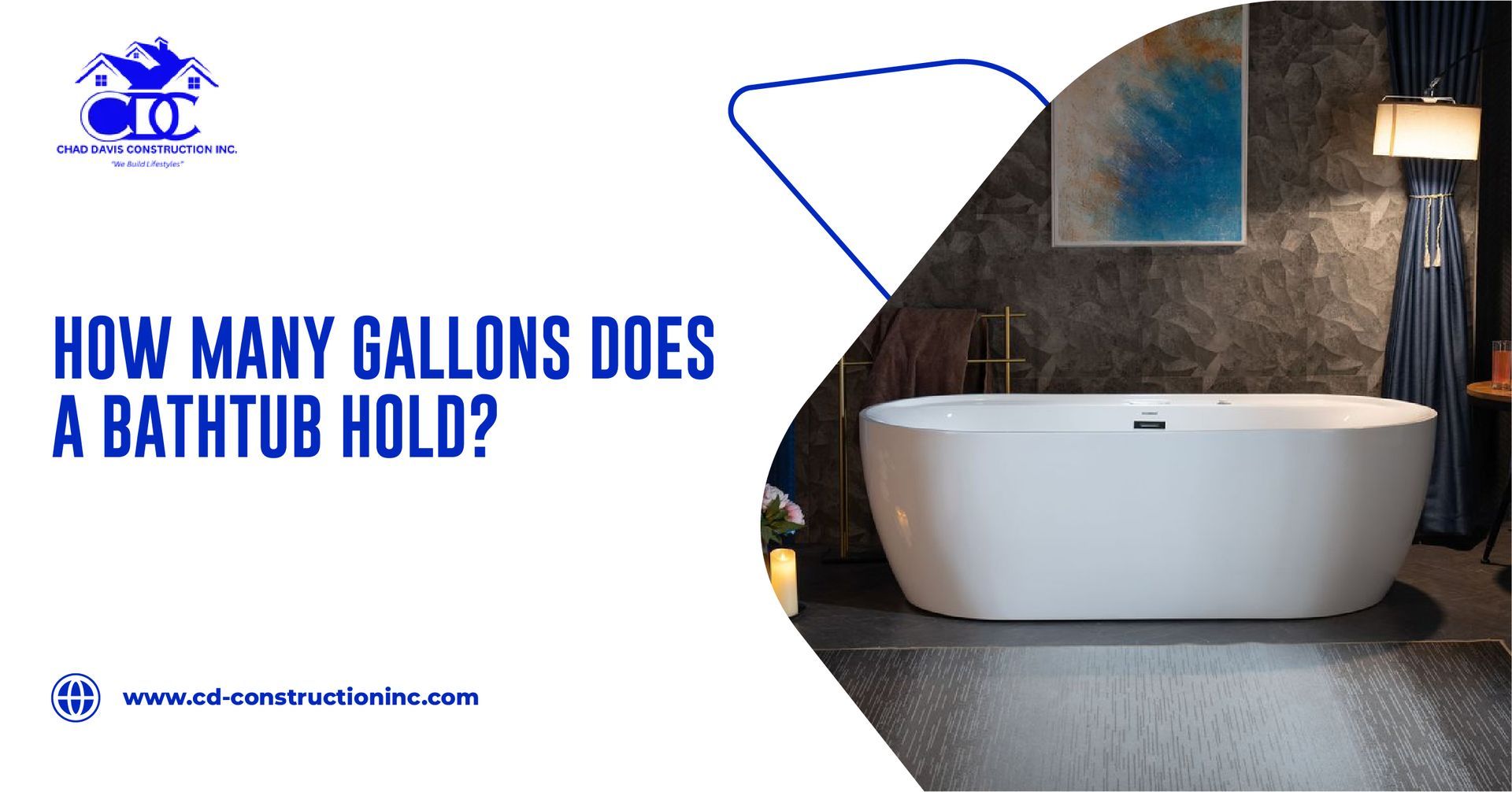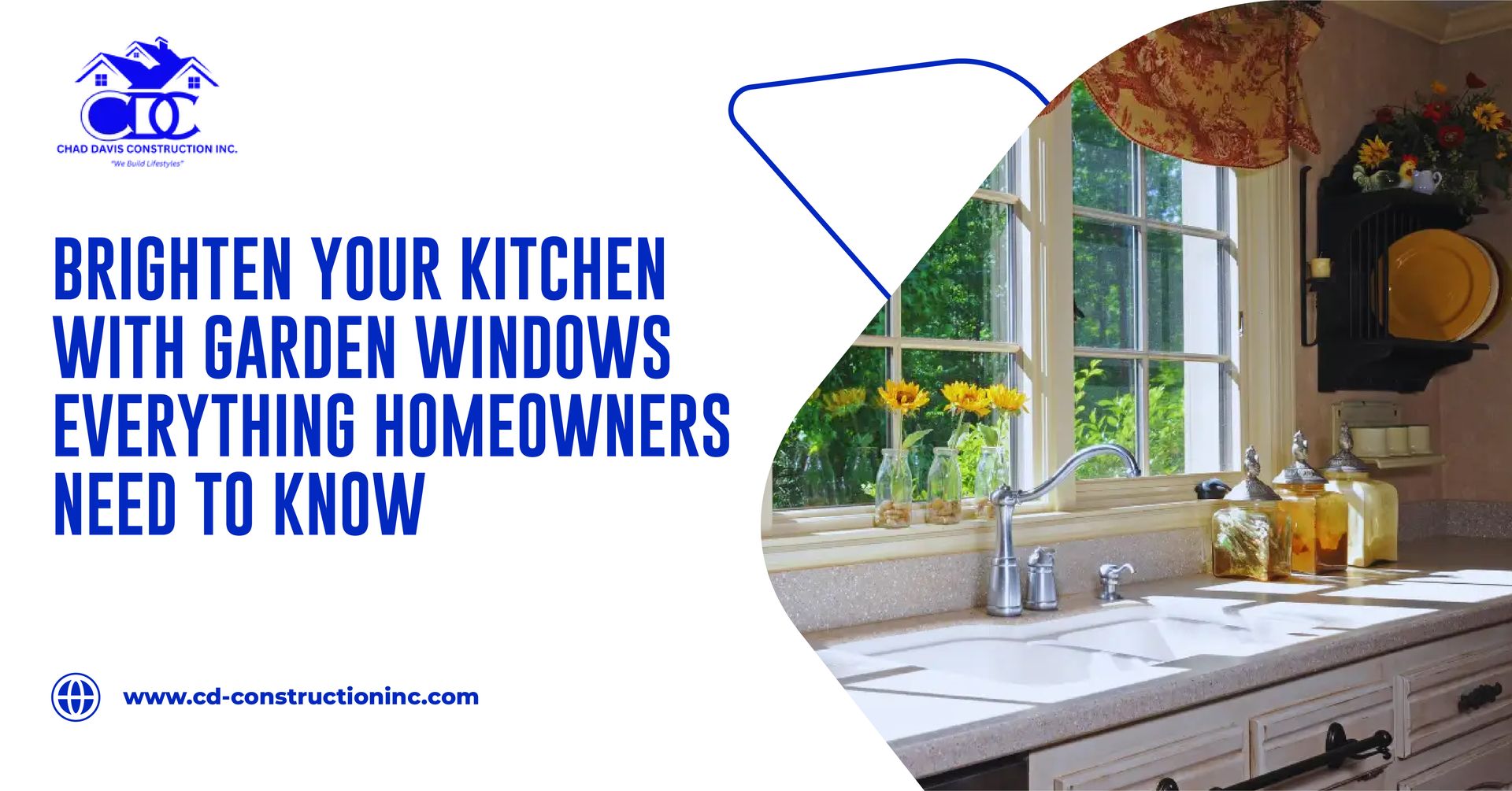What is Skilled Labor in Construction?
Talent, precision and collaboration are three pillars of any successful project in the dynamic world of construction. Although heavy machinery and novel technology make a contribution, it is the human resource that actualizes the blueprints, and more specifically, those with fine, practical knowledge. In this problem, skilled labor comes into the picture.
Be it a residential development, a commercial site or an infrastructure development, it is important to know the importance of skilled labor in delivering quality, safety and efficient development. In this blog, CD Construction deconstructs the meaning of skilled labor in the construction industry, its importance, and its implications on the results of each workplace.
Defining Skilled Labor in Construction
Skilled labor means those workers who have specialized knowledge, training, and experience to carry out certain activities in the construction process. In contrast to general laborers, skilled laborers, unlike general laborers, can be engaged in jobs that usually involve certification, licensing or technical education.
They are trained to handle the tools and systems or materials so that they can be precise, regulate and produce quality results. Professional workers receive apprenticeship, vocational training, or experience on the job in order to perfect their trade.
Common examples of skilled trades in construction include:
- Electricians
- Plumbers
- HVAC Technicians
- Carpenters
- Masons
- Welders
- Heavy Equipment Operators
- Roofers
- Concrete Finishers
All these functions do not presuppose only physical skills but strong familiarity with codes, safety procedures, materials, measurements and sequencing.
Skilled Labor vs. Unskilled or General Labor
To understand skilled labor better, it’s helpful to draw a distinction between skilled and general labor:
· General workers do strenuous work, but minor technical work, like transporting materials, cleaning debris, or simple demolition. Although they are essential to the working process, they usually do not demand any certifications or sophisticated tools.
· The highly skilled workforce, however, is usually working with power tools, setting up systems, blueprints, or performing work where quality and adherence are not negotiable. Their work is more responsible and it directly influences structural integrity, energy performance, and project schedules.
Both roles are important, but it’s skilled labor that drives the critical stages of a build — from foundation to finish.
The Value Skilled Labor Brings to a Construction Project
At CD Construction, we perceive a talented workforce as the force of greatness. These experts not only carry with them practical capability but also insight, problem-solving, and innovative thinking, which cannot be replicated by general labor.
The value that labor expertise can add to a project is as follows:
Precision and Accuracy
Professional craftsmen have been trained to work according to architectural specifications and be able to make precise measurements that demand the highest level of accuracy. Such precision will avoid the expensive re-work and ensure the durability of structures and systems.
Safety and Compliance
The experienced workers are informed about the OSHA standards, construction codes and safety best practices. They ensure the safety of the end users as well as the integrity of the project through their knowledge.
Efficiency and Speed
Experience allows the experienced workers to work faster and error-free. Their on-the-fly troubleshooting also minimizes downtime and schedules projects on time.
Adaptability and Leadership.
The experienced workers tend to assume the role of supervisor or mentor. They are able to turn around at times of difficulties and present viable solutions that preserve the workflow and quality.
The Growing Demand for Skilled Labor in the U.S.
There is a shortage of skilled labor in the construction industry, which is well-documented throughout the country. Demand: Due to the retirement of the experienced tradesmen and the reduced number of young workers joining the vocational industry, there is a shortage of certified and reliable skilled labor.
This is not only a decision, but a requirement for the construction firms such as CD Construction, which must invest in skilled labor. It further creates opportunities for career and employment security to tradespeople who are ready to join the trades, with the infrastructure investment and residential development on the upswing.
How CD Construction Prioritizes Skilled Labor
We know that at CD Construction, quality builds do not exist by luck, and this is because qualified hands and bright minds operate in unison. That's why we:
o Employ qualified and skilled workers in any kind of project.
o Fund further learning and safety education.
o The development of mentorship and career among our crews.
o Partner with local trade and apprenticeship schools.
Hire experienced people to be the heads of our field teams and guarantee high-quality outputs. Whether it is an extensive project or a personalized house, our team of experts is the difference-maker in every successful project.
Conclusion: Skilled Labor is the Backbone of Quality Construction
The best you can do in building construction is to have the best people to do it. Tools and technology are part of it, but experience, technique, and effort of skilled work that make it safe, functional, and handicapped.
Being a client, a project manager, or a contractor, investing in labor that is skilled is not about merely having the job done, but getting it done right. Corner-cutting is not in the game at CD Construction. We construct intentionally, accurately, and individuals who are proud of what they do.




